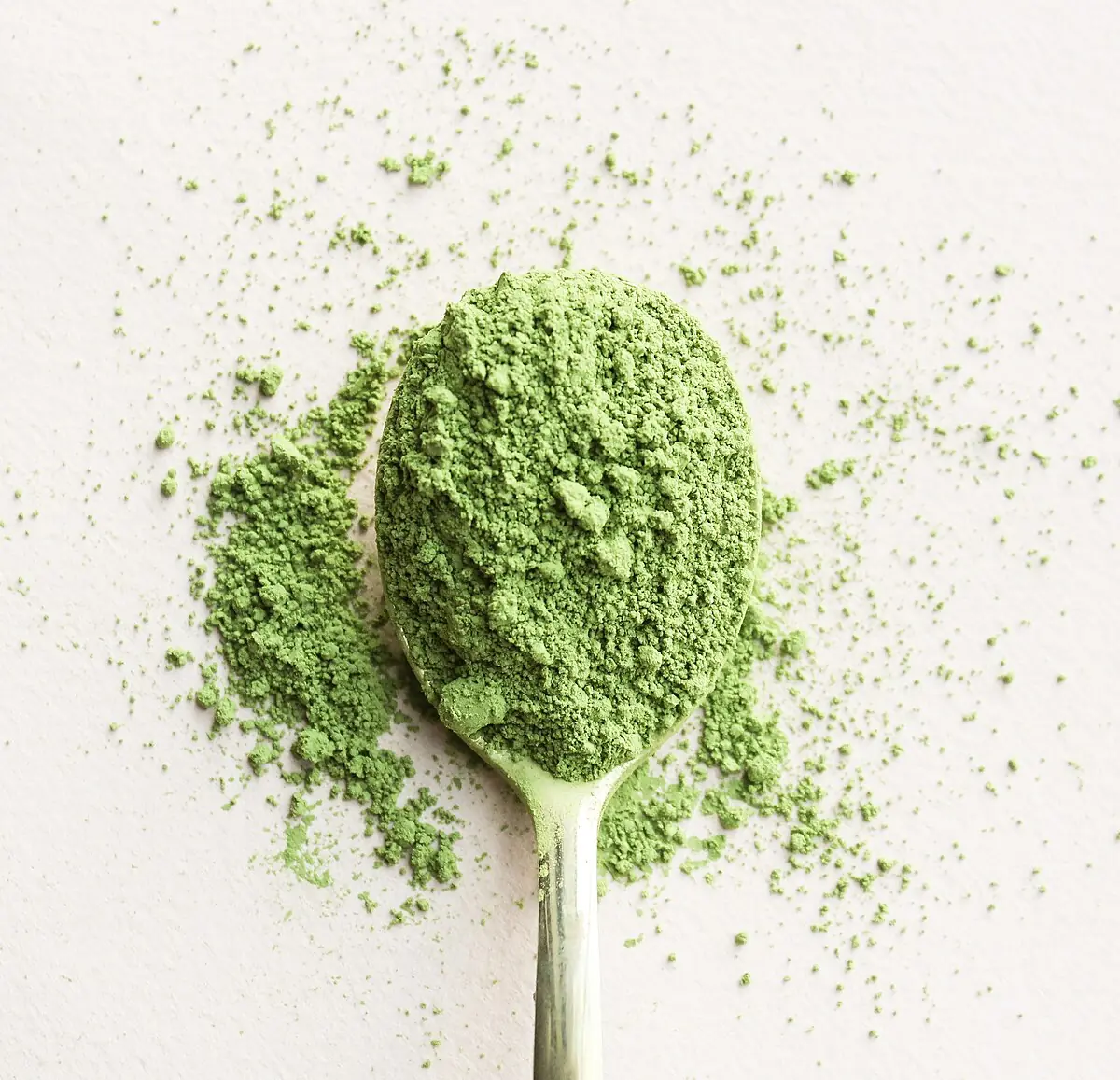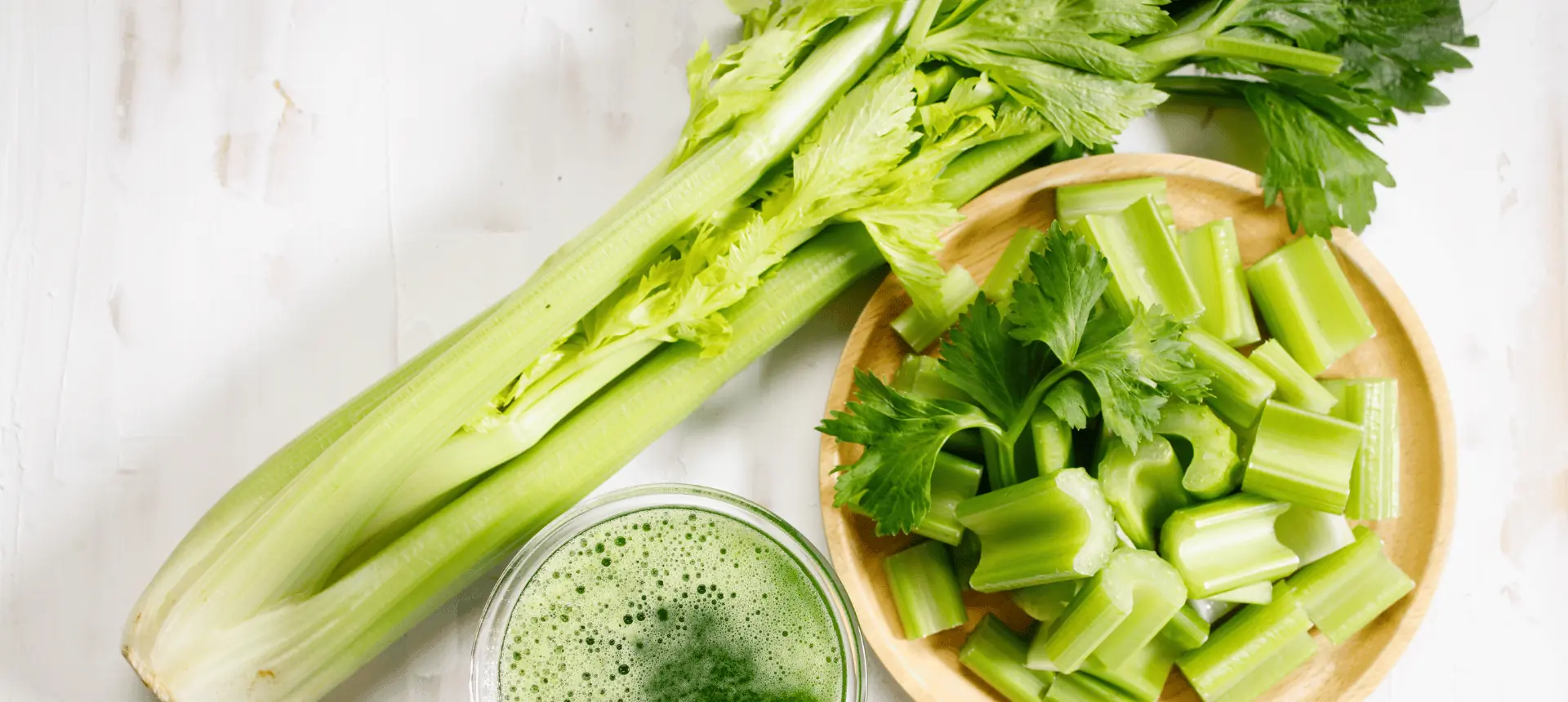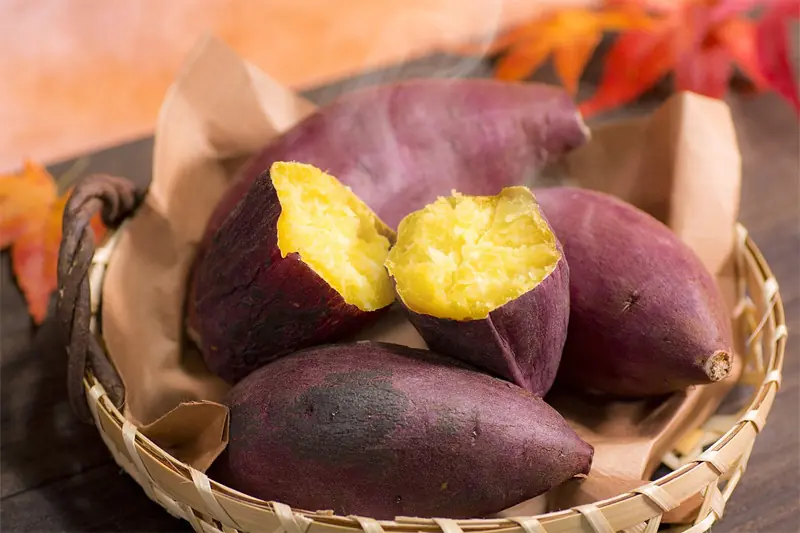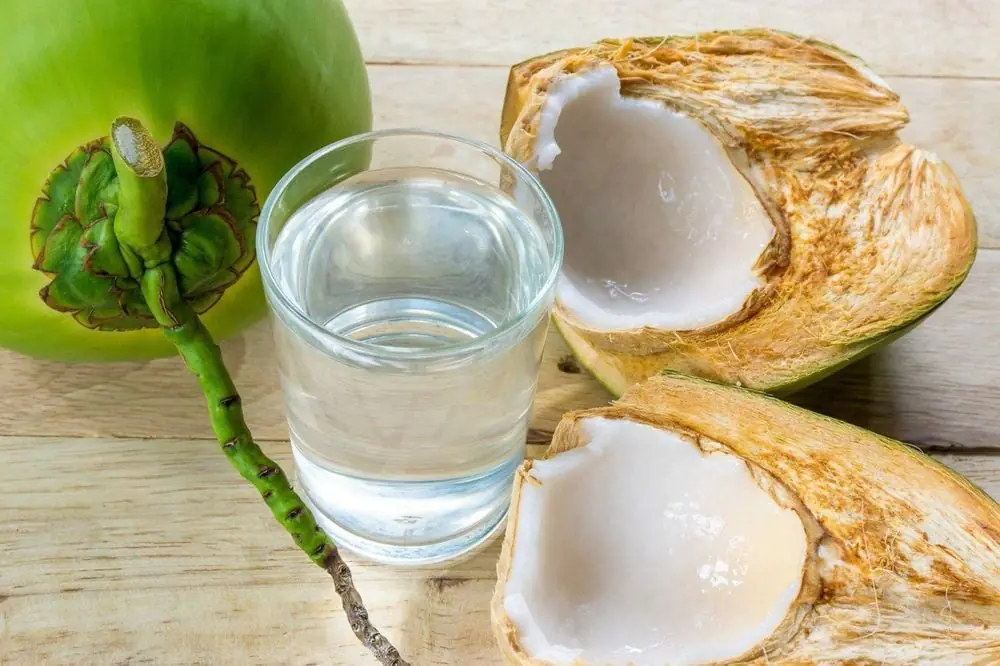
The Super Nutritious Part of the Pig: Each Pig Only Has One, Many People Don't Know and Throw It Away, Which Is Such a Waste
Pigs are a staple in many cuisines around the world, known for providing a wide variety of cuts of meat. From tenderloin to bacon, almost every part of the pig is utilized in some way. However, there’s one part of the pig that many people often overlook or discard, not realizing its incredible nutritional value. This "super nutritious" part is the pig’s ear, and surprisingly, it’s something many don’t know about or simply throw away, missing out on a valuable, nutrient-packed food source.
Why Are Pig Ears So Nutritious?
Pig ears are a treasure trove of essential nutrients that can offer numerous health benefits. While they might not be as popular as other cuts of meat, they are packed with proteins, collagen, and minerals that are great for the body.
Rich in Collagen and Gelatin
Pig ears are an excellent source of collagen, the protein that helps maintain the elasticity and strength of skin, joints, and bones. Collagen is known for its ability to support skin health, making it firmer and more youthful-looking. Additionally, the gelatin derived from the collagen in pig ears can help improve joint flexibility and reduce the symptoms of arthritis. Consuming pig ears regularly may even contribute to the improvement of digestive health by promoting a healthy gut lining.
High in Protein
Protein is an essential nutrient for building and repairing tissues, making enzymes and hormones, and supporting muscle growth. Pig ears are a rich source of protein, which helps the body maintain muscle mass, especially when combined with an active lifestyle. Including protein-rich foods like pig ears in your diet can help boost your energy levels and provide lasting satiety.
Packed with Essential Minerals
Aside from collagen and protein, pig ears contain several vital minerals such as iron, zinc, and phosphorus. Iron plays a key role in red blood cell production and oxygen transport, while zinc supports immune function and wound healing. Phosphorus is essential for strong bones and teeth, contributing to the overall strength of the skeletal system.
Supports Skin and Hair Health
Thanks to its collagen content, consuming pig ears can also have a positive impact on your skin and hair. Collagen provides the building blocks for stronger hair and healthier skin, promoting a glowing complexion and reducing the appearance of fine lines and wrinkles.
How to Cook and Enjoy Pig Ears
Although the idea of eating pig ears may sound unfamiliar to some, they are actually a popular delicacy in various cultures around the world. In many Asian countries, pig ears are prepared and served in a variety of ways, from braised to stir-fried, or even pickled for a tangy snack. Here are a few ways you can enjoy pig ears:
Braised Pig Ears
Braising is one of the most common methods of preparing pig ears. This slow-cooking method allows the ears to absorb rich, savory flavors, while the meat becomes tender and easy to chew. It’s typically prepared with soy sauce, ginger, garlic, and a blend of spices that enhance its taste.
Pickled Pig Ears
Pickling pig ears creates a tangy, crunchy treat that pairs perfectly with other dishes. The process of pickling not only preserves the pig ears but also infuses them with aromatic spices and herbs. It’s a popular snack or appetizer in many culinary traditions.
Stir-Fried or Grilled
For those who prefer a more straightforward approach, pig ears can be stir-fried with vegetables or grilled. The ears can be sliced thinly and cooked quickly, giving them a crispy, flavorful texture that pairs well with a variety of seasonings and sauces.
Pig Ear Tacos or Sandwiches
In some parts of the world, pig ears are used as a filling for tacos or sandwiches, offering a satisfying and rich flavor. When cooked properly, they can add a unique and delicious texture to the dish.
News in the same category


Soaking Fish in Rice Water: A Simple Trick to Make Fish Tastier and Twice as Nutritious

What Happens When You Drink Matcha Every Day?

When someone in the family passes away, never throw away these 4 things at their funeral

Why foreigners rarely use phone cases? Turns out it's because of this reason

Doctors reveal that green broccoli causes...

Cherries aren’t just delicious — what they can do for your body will surprise you

What Might Happen to Your Body If You Start Sleeping Without a Pillow

Fire Cider — The TikTok Drink Everyone’s Talking About (But Does It Really Work?)

Prebiotic Sodas: Trendy Gut Boost or Just Clever Marketing?

The difference between red peanuts and white peanuts
8 Powerful Reasons to Add More Citrus to Your Diet

Celery Juice: Trendy Detox Drink or Just Overhyped Hype?

A Hotel Bed for Two but Four Pillows? The Unexpected Reason Few People Know — Try It Yourself!

25 Incredible Benefits of Guava Leaves

Banana Blossom: Health Benefits, Recipes, and Traditional Uses

This plant grows everywhere. We see it, but miss its secrets

Why does the refrigerator compartment have a light but the freezer compartment doesn't?

After Sneezing Several Times, I Noticed Something Strange in My Throat
News Post

Our Rescue Dog Found an Unconscious Older Lady in the Woods – What We Learned About Her Changed Everything

5 Signs of Appendicitis You Should Not Ignore

What You Need to Know About Vitamins and Supplements for Heart Health

11 Grilled Corn Secrets Your Taste Buds — and Your Doctor — Don’t Want You to Ignore

Nothing ki:lls faster than your own mind. Don’t stress about things that are not under your control

5 Common Causes That Can Increase Your Risk of Liv.er Disease

4 Early Warning Signs of a Stroke That Occur 15 Minutes Before It Happens

Dentist-Approved: The Right Way to Eat Fruit to Prevent Cavities

3 Dinner Swaps That Keep You Full and Speed Up Fat Loss

Observe Your Nails to Detect Health Issues

5 Morning Habits That Silently Dam.age Your Kid.neys

U.S. Professor Reveals 3 Types of Foods That Contain Dangerous Tox.ins and May Cause Can.cer

6 groups of people shouldn't drink coconut water

The Time You Eat Breakfast Could Reveal Your Health — and Even Your Lifespan

Do Not Ignore These 10 Warning Signs That Your Kidneys May Be In Danger

6 Vegetables That Help Regulate Bloo.d Lipids Naturally

What Happens When You Eat Too Much Red Meat?

Soaking Fish in Rice Water: A Simple Trick to Make Fish Tastier and Twice as Nutritious

What Happens When You Drink Matcha Every Day?
